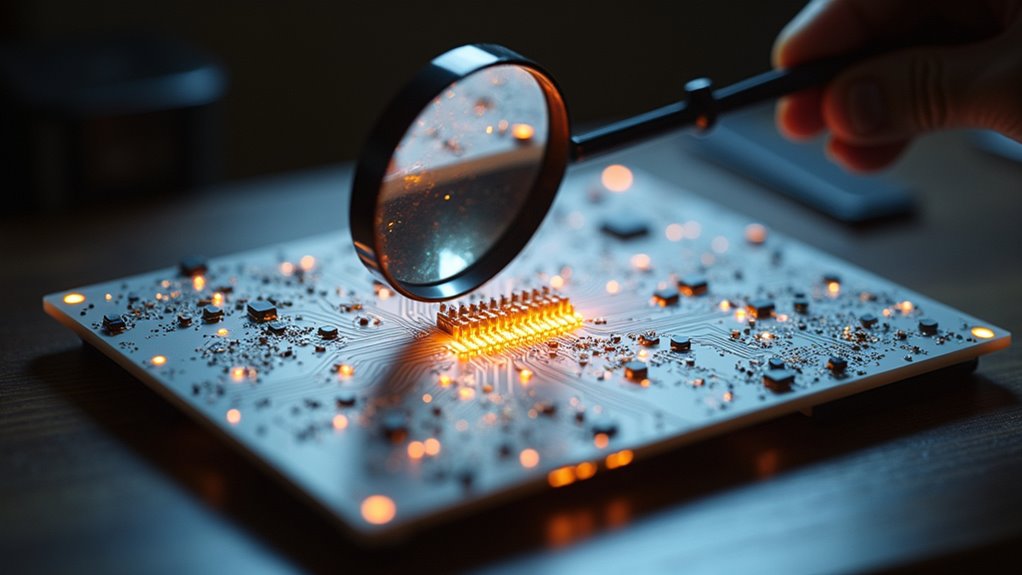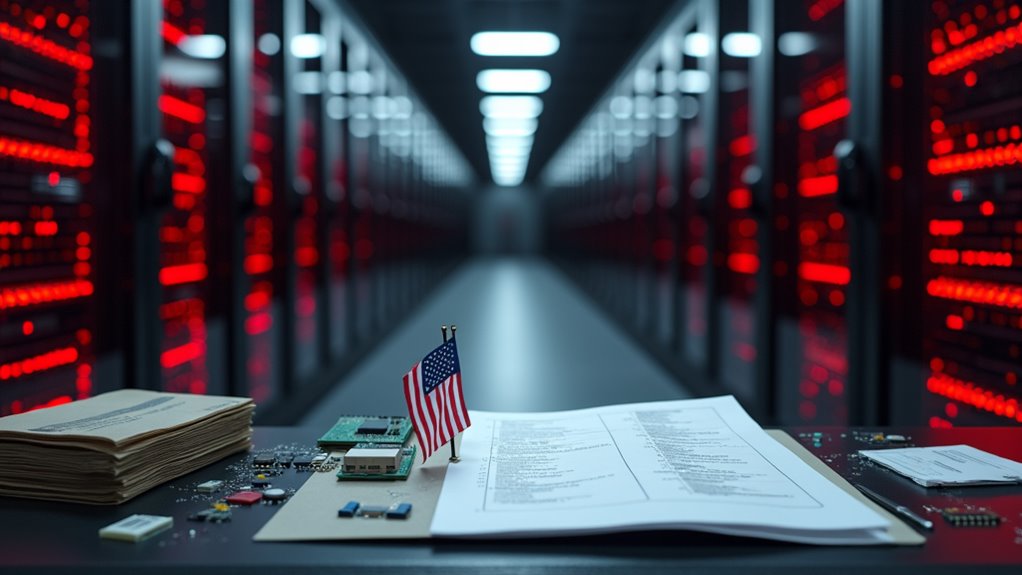The global AI chip market has transformed into a geopolitical chess match, with the US and China squaring off over Huawei’s unexpected semiconductor breakthroughs. What was once just corporate competition now resembles a high-tech Cold War, with national security implications and a $154 billion market at stake. Analysts call it “the new space race,” as both superpowers refuse to settle for silver medals. The battle for AI dominance goes far deeper than silicon wafers.
While tech enthusiasts debate the merits of their favorite smartphone processors, a far more consequential battle is raging in the global AI chip market—one that’s reshaping geopolitics, corporate fortunes, and possibly humanity’s future.
The stakes couldn’t be higher. With the AI chip market projected to hit a staggering $91.18 billion by 2025 and potentially $154 billion by 2030, it’s no wonder governments and corporations are jockeying for position like it’s the last season of Game of Thrones—but with semiconductors instead of dragons.
NVIDIA currently wears the crown in this silicon kingdom, dominating the GPU segment that accounts for roughly one-third of all AI chips. But the competition is heating up faster than an overclocked processor without proper cooling.
Enter Huawei and China’s ambitious domestic chip program. As geopolitical tensions simmer between Washington and Beijing, Huawei has accelerated development of homegrown AI chips—a direct challenge to American tech supremacy that has US policymakers reaching for the antacids.
“It’s basically the space race, but with fewer rockets and more clean rooms,” as one industry analyst put it.
The battlefield extends beyond just hardware. With venture capital flooding into AI startups at record levels and the broader AI market expected to reach $1.81 trillion by 2030, everyone wants a piece of this very expensive, very powerful pie.
Meanwhile, technical innovation continues at breakneck speed. Neuromorphic chips mimicking human brain functions, edge AI processors that keep your data local, and quantum computing breakthroughs are reshaping what’s possible.
For consumers, this rivalry might eventually mean smarter homes, more capable smartphones, and perhaps robots that can actually fold laundry properly—the true final frontier of artificial intelligence. This innovation is not merely a passing trend, as AI integration is becoming as essential to modern business as electricity once was.
The generative AI chip market has become a major driver in semiconductor growth, with estimates suggesting it exceeded US$125 billion in 2024, accounting for over 20% of total chip sales worldwide.
But make no mistake: this isn’t just about corporate profits. The nation that leads in AI chip development may well lead the next industrial revolution, with global revenue from AI technology projected to generate CAGR of 35.9% across multiple sectors in the coming years.
And neither the US nor China seems willing to settle for silver.








